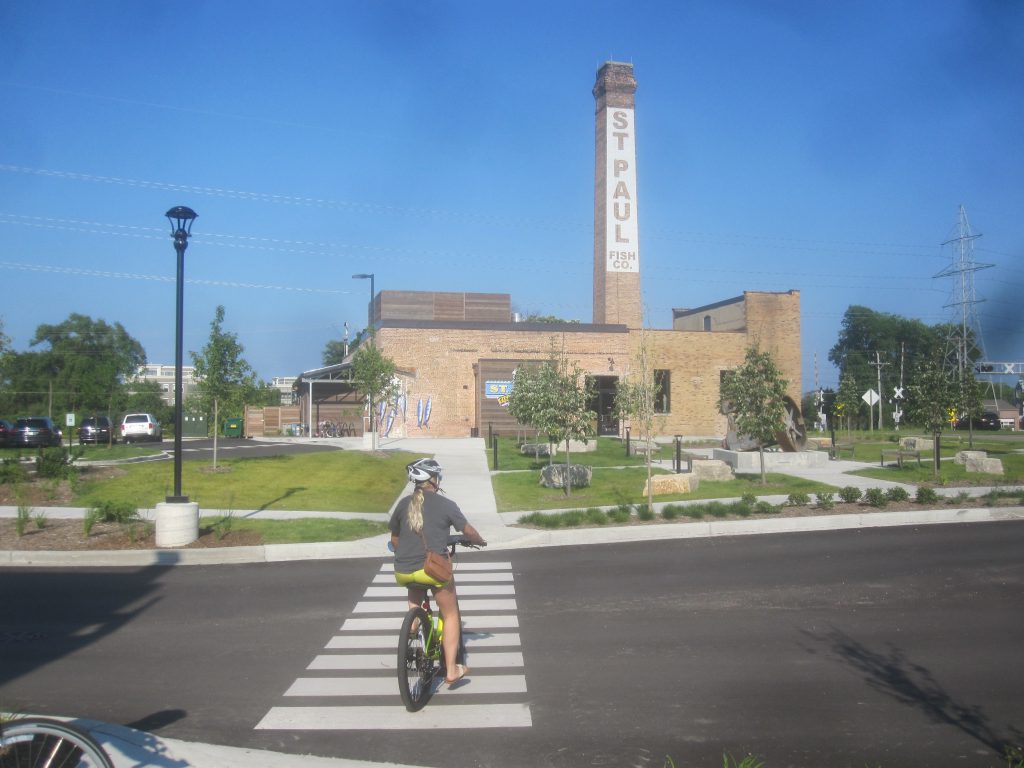Election Shows Shifting Demographics
The WOW counties delivered less wow for the Republican Party.
Traditionally, the so-called WOW counties—Waukesha, Ozaukee, and Washington—have been known nationally as Wisconsin’s Republican stronghold, balancing highly Democratic Dane and Milwaukee counties to produce Republican victories.
The recent special election in Senate District 8 reflects these trends. This district is made up of parts of four counties: the North Shore suburbs in Milwaukee County and parts of Ozaukee, Washington, and Waukesha counties, as shown on the map. Previously the district was represented by Senator Alberta Darling, a Republican. Her decision to resign led to an election to fill out the last two years of her four-year term in office.
The next graph shows recent election results in SD8. The first pair of columns shows the result in last November’s election. Since SD8 was not up for election in 2022, I added together the results for the three Assembly seats that make up SD8.
The second pair of columns is a projected election result based on the outcome of the primary for candidates for state Supreme Court. It was calculated by summing the votes for the two liberal candidates in the district and adding the votes for the two conservative candidates. This led to a partisan gap of 8.2 points, again suggesting a safely Republican district.
The last two columns show the vote between Jodi Habush Sinykin, the Democratic candidate for state senator in SD8 and Dan Knodl, the Republican. While Knodl still won the seat, the gap between his vote count and that of Habush Sinykin shrank to 1.7 points, a drop of 6.8 points.
The next graph shows April voting patterns in the 8th District’s four counties. The Milwaukee portion is overwhelmingly Democratic and has recently grown more so. Ozaukee is close to becoming a 50-50 county. The number of Democrats has also been growing in Waukesha but at a lower rate than Ozaukee. For the first time, Democrats and Republicans are essentially tied in the City of Waukesha; the rest of Waukesha County’s District 8 remains Republican country, as does all of Washington County.
What accounts for the precipitous drop in the Republican dominance in Senate District 8? If continued this trend would soon make District 8 into one of Wisconsin’s few competitive legislative districts. One likely factor is the well-known issues that dominated this election, especially abortion, but also gerrymandering and attempts to make voting more difficult. These are all issues where the Republican base is out of synch with most Wisconsin voters.
Most prominent of these efforts is Donald Trump’s continuing insistence that he won the 2020 election. The extreme Wisconsin gerrymander itself is another Wisconsin example of the Republican discomfort with democracy. Without the gerrymander, there would be no Republican super-majority in the state senate. In the end, Knodl managed to eke out a victory, but a loss of 6.8 points in a matter of a few months should be a warning sign.
When I moved to Wisconsin from Pennsylvania in 1972, I was impressed with how easy it was to register to vote. When I tried to register in Philadelphia my application to vote was denied and I had to appear in front of the local election board. (Their operating assumption was that graduate students weren’t really residents.) Wisconsin, by contrast, was a bipartisan breath of fresh air, reflected in the “Knowles-Nelson Stewardship Program,” named after a Republican and a Democratic governor.
A recent analysis of the state of democracy in American states confirms the impression that democracy has not fared well in Wisconsin. The article uses 51 indicators of electoral democracy from 2000 to 2018, a democratic performance index. The indicators range from absentee voting, same day registration, and early voting (all good things) to various measures of gerrymandering and voting wait times (all bad).
It identified five states that experienced “the greatest democratic backsliding over the period: Alabama, Ohio, North Carolina, Tennessee, and Wisconsin.” The analysis identified North Carolina and Wisconsin as “among the most democratic states in the year 2000, but by 2018 they are close to the bottom.” Concerns about the state of democracy in Wisconsin are backed up by data.
Unfortunately, Republicans are placing too much attention on winning elections by manipulating the rules and too little on sustaining a healthy democracy. That tendency is also helping erode the party’s power base in the WOW counties.
Data Wonk
-
Why Absentee Ballot Drop Boxes Are Now Legal
 Jul 17th, 2024 by Bruce Thompson
Jul 17th, 2024 by Bruce Thompson
-
The Imperial Legislature Is Shot Down
 Jul 10th, 2024 by Bruce Thompson
Jul 10th, 2024 by Bruce Thompson
-
Counting the Lies By Trump
 Jul 3rd, 2024 by Bruce Thompson
Jul 3rd, 2024 by Bruce Thompson
























